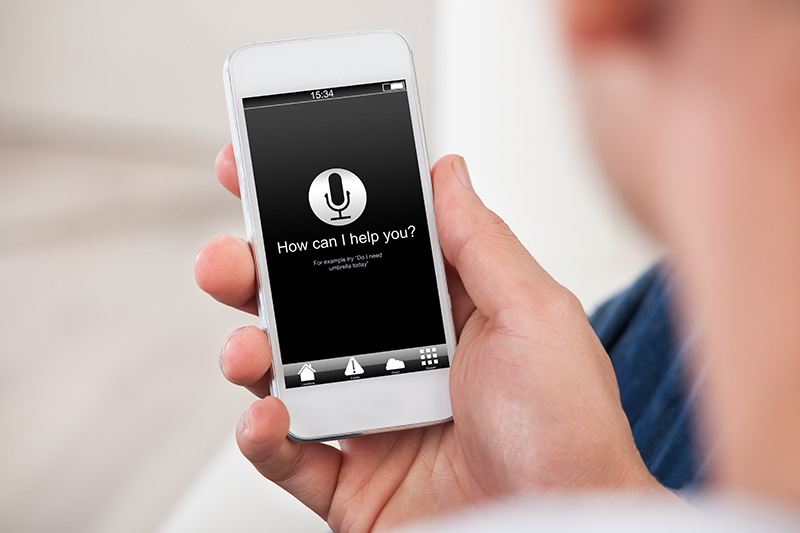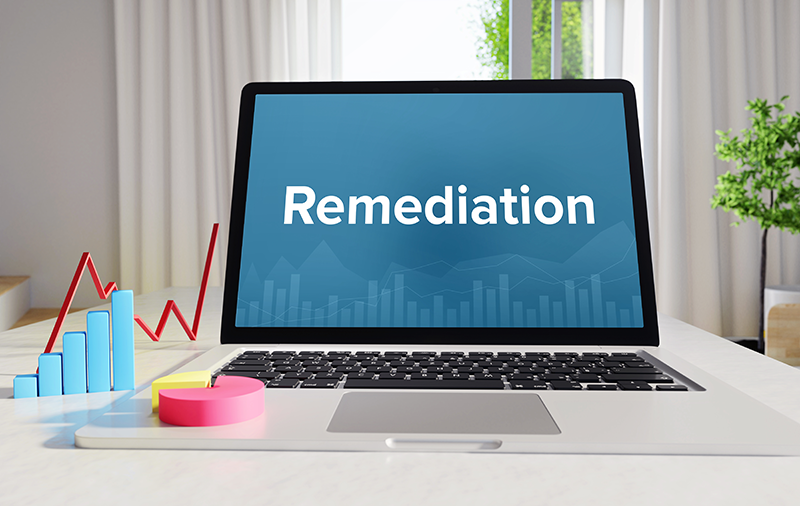
Artemis Consulting helps organizations develop strategies as well as design, implement and support solutions that allow them to better manage and leverage their use of enterprise “content,” achieving cost and process efficiencies. We take a microservices approach, wrapping either custom built or proprietary services around disparate and diverse content repositories and platforms to serve the vast variety of customer needs. This can be as simple as implementation of a governance and compliance service across multiple Content Management Systems, or as complex as developing an automated, component based, content authoring and publishing platform that includes multi-channel distribution.
What Artemis Can Do for You
Artemis Consulting architects, designs and develops fully accessible applications and content management system-based websites for our clients. Clients looking to provide an easy-to-navigate web experience for individuals with disabilities or the aging population will work with our seasoned accessibility team to build an entirely accessible application. We also remediate existing websites and large web-based applications

We offer audits that are a deep dive assessment of where and to what level you may not be compliant. The key areas include:
- WCAG 2.0 – We can assess your application or site against the Web Content Accessibility Guidelines (WCAG) standard, currently at Version 2.0
- Site Inventory – Allows us to discover web properties in scope and prioritize which pages require the rigor of a compliance audit.
- Automated Testing –We test for color contrast, table layouts, screen reader compatibility, etc. using a wide variety of tools. Many tools are available and we select the most appropriate given the requirements and in scope pages.
- Manual Testing – Undertaken by trained and certified accessibility specialists who review applications screen by screen, testing every control and function. Since there are no “silver bullets” in which automated testing alone can effectively determine website accessibility compliance, a combination of automated and manual testing is required.
- Reporting – We provides not only specific details of the accessibility failures but also recommendations for remediation.

The pervasiveness of mobile devices presents unique challenges and opportunities.
- Mobile App Solutions – Although screen size can be a limitation, they offer the ability to interact effectively with users through voice commands and other unique features. We can build applications to take advantage of these features.
- Mobile Accessibility Auditing – We can perform accessibility audits for mobile applications, referencing WAI-ARIA and WCAG standards, though neither currently directly address mobile accessibility, drafts are in work to revise them accordingly.

Documents continue to be the primary manner of sharing information. PDFs, forms, statements and other heavily formatted documents can be a real challenge to be compliant with the new WCAG 2.0 accessibility standards.
- Standard Documents – We assist with updating document types, such as the PDF format, to be compliant with accessibility standards. Most online documents are graphic image PDF documents that are not appropriate for the text format required for screen readers.
- Scanned Documents – We provided guidance on the more complicated factors associated with scanned items. Often, this requires OCR/ICR of the document, followed by a manual quality review and editing of image tags and tables. The availability of source documents can significantly reduce the effort involved in providing accessible PDF versions.

Since many companies do not often build in accessibility when they first develop their website, applications or documents, they often turn to remediation as a possible solution for incorporating accessibility into their existing website, applications and documents. We offer these services:
- Straightforward Remediation – Our developers have extensive experience in the underlying technology and with accessibility. Navigation, color contrast and fonts are more easily remediated.
- Complex Remediation –We can provide assistance with the more challenging areas, such as keyboard accessibility, tables, JavaScript and CSS dependencies. Additionally, our team has the ability to assist with the greater effort and knowledge required for interactive web components that are dependent upon non-keyboard pointing devices. In some cases, we can help with autogenerated pages based on applications using frameworks such as an Enterprise Resource Planning product such as SAP, or a Content management system such as Drupal or WordPress.
Case Studies

ACCESSIBILITY ASSESSMENT REPORT
A federal agency client deployed a large ERP system to fulfill a major mission area. The system is used nationally by over 10,000 users in disparate organizations. To meet the agency’s needs, heavy customization was performed on the COTS ERP system, with minimal focus on accessibility. Artemis was tasked with performing a comprehensive audit across multiple ERP modules to assess accessibility compliance by evaluating it against the most recent Section 508 Accessibility requirements that were aligned with WCAG 2.0 in January 2017. Artemis provided consulting services, using our trained and certified accessibility specialists, performing manual and automated testing against the primary web properties. This detailed 100-page report provided the necessary information that identified 508 compliance issues by individual page and control, as well as recommended remediation.

WEBSITE FOCUSED PRIMARILY ON BLIND AND HANDICAPPED USERS
The National Library Service for the Blind and Physically Handicapped (NLS/BPH) needed a visually accessible and appealing website with an easy-to-navigate online experience for its core audience of visually or physically impaired users and their sighted caregivers. To build an entirely accessible website, our seasoned accessibility and development team utilized the WordPress platform in which they adapted templates and processes. Features include a megamenu, contrast tools and font-size adjuster, which along with the back-end administration module, are fully accessible. The modernized site now meets WCAG 2.0 specifications, a rigorous international standard requiring websites be built to higher accessibility specifications to support the access needs of a growing population of individuals with a wide range of disabilities, including visual, auditory, fine motor, cognitive, and other speech and learning disabilities.
